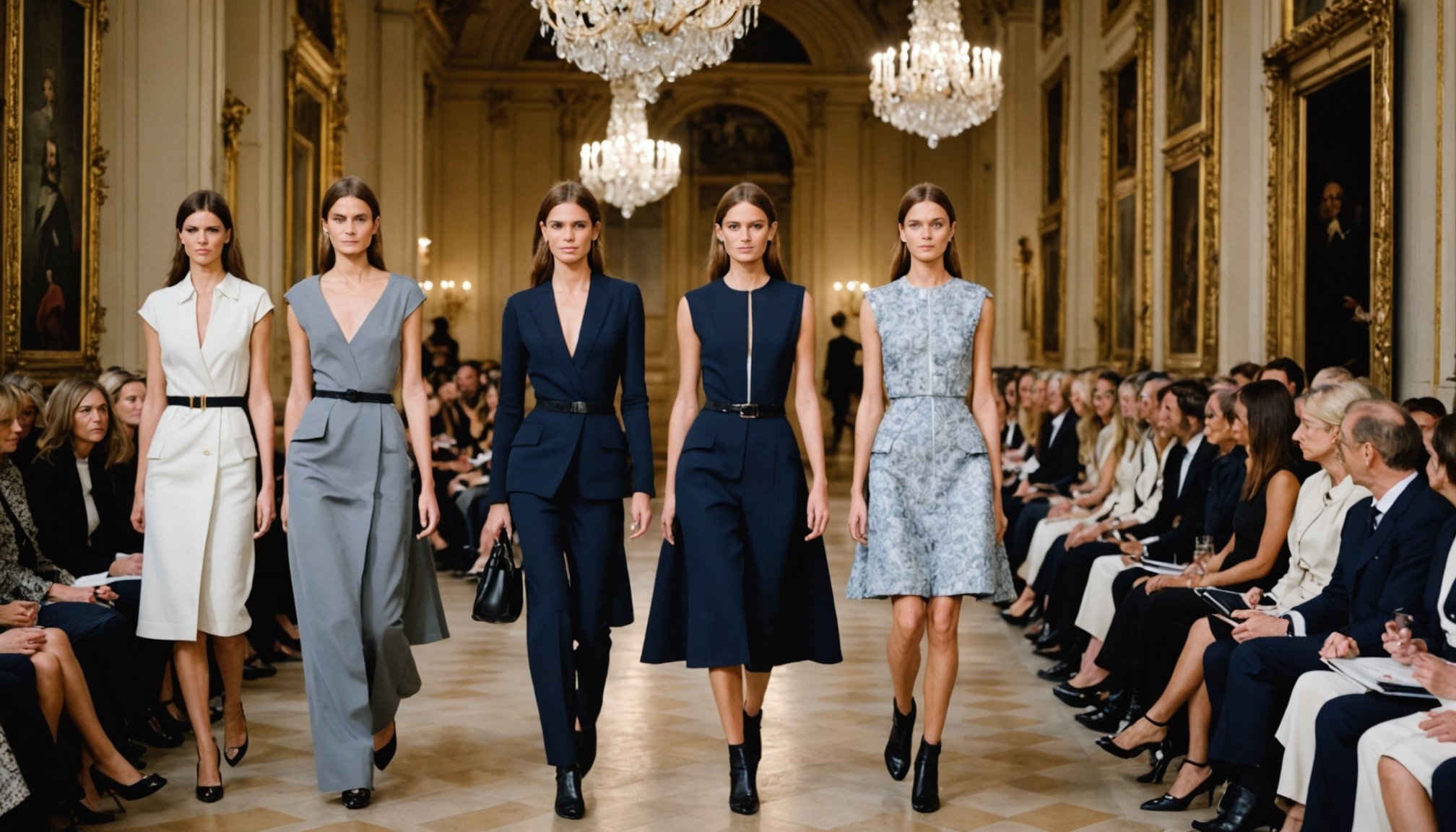France remains a cornerstone of global fashion, blending rich heritage with innovation to shape trends worldwide. Paris’s enduring influence stems from historic designers and landmark events like Fashion Week, yet it adapts continuously through technology and sustainable practices. This resilience ensures France not only preserves its iconic status but also leads the evolution of the fashion industry amid constant change.
Defining Fashion Capitals and Their Global Influence
A fashion capital is recognized as a city that sets the pace in the global fashion industry—this status is achieved through a blend of historical legacy, cultural vibrancy, creative innovation, and economic power. Visit this link for more information and you’ll discover that these urban hubs attract top designers, foster successful brands, and host influential events like fashion weeks, which direct trends and impact commerce.
Also to see : Chic beret looks for women: top styles to elevate any outfit
The most recognized fashion capitals—Paris, Milan, London, and New York—are home to prestigious schools, visionary designers, and immense media coverage. Each city shapes the industry not only through design, but also through technology adoption, such as advanced manufacturing, and through new approaches to retail and marketing. Their fashion weeks drive international trends and create opportunities for emerging talents to gain global visibility.
Fashion capitals also offer an economic boost by generating jobs, supporting local artisans, and promoting retail tourism. Their influence extends to the creation of street style, sustainability initiatives, and integration of digital platforms, responding swiftly to industry shifts and consumer needs. Consequently, new fashion hubs in Africa, South America, and Asia are redefining the map, making the industry more inclusive and globally interconnected.
Also to see : Discovering the ideal blend of trendy and timeless fashion: the uk women’s guide
France’s Enduring Leadership in Fashion
France’s position as a fashion capital is rooted in centuries of history and is strongly tied to Paris fashion traditions and trends. The emergence of haute couture in Paris during the 17th century heralded a new era, where French craftsmanship became synonymous with luxury and set the groundwork for today’s global fashion centers. The city’s ongoing leadership is illustrated by its influence on the development of top cities for fashion innovation and the deep economic impact sustained by luxury brands headquartered in fashion cities.
Fashion weeks—most notably Paris Fashion Week—attract designers and media from across the world. These major fashion events and weeks reflect the role of haute couture in city prestige, making Paris indispensable among global fashion centers. Highlights from these gatherings frequently set seasonal trends, influencing fashion industry hubs well beyond Europe.
Iconic fashion landmarks such as the Champs-Élysées and Avenue Montaigne house flagship stores of legendary luxury brands like Chanel and Louis Vuitton. These brands bolster Paris fashion traditions and trends, contributing to a thriving retail sector. Collectively, their legacy cements the capital’s status among leading fashion markets and underpins the broader economic impact seen in major fashion events and weeks throughout the world.
The Evolution and Expansion of Fashion Capitals
Fashion capitals have shifted location and identity over time, powered by economic, cultural, and technological forces. Milan fashion week highlights the Italian design influence in fashion, showing how iconic events help define a city as a global fashion center. Centuries ago, the rise of London in the 19th century marked a major change, as the London fashion industry impact shaped retail trends and brought new energy to the market.
Urban fashion evolution in trendsetting cities such as Paris, Milan, and New York reflects their status as long-standing fashion industry hubs. Each city, leading fashion markets in its own right, introduced key designers who brought fresh perspectives and innovation. For example, Paris set haute couture principles, while Milan’s design houses championed luxury and craftsmanship.
Recent decades show top cities for fashion innovation now face competition from emerging fashion cities worldwide. These new hubs are benefiting from advances in technology—especially in digital design, textile innovation, and social media, which fuel global connectivity and reshape the landscape. Geopolitical events, like Brexit, have also caused shifts, challenging the traditional power of established centers and accelerating a more diversified map of fashion epicenters.
Iconic fashion landmarks, fashion capital economic impact, and ongoing sustainability initiatives continue to reinforce cities’ status and shape the future orientation of global fashion centers.
Modern Trends, Sustainability, and the Future of Fashion Capitals
Fashion capitals are propelling sustainability initiatives in fashion cities to the forefront of industry priorities. At their core, leading hubs like Paris, Milan, New York, and London emphasize the adoption of eco-friendly materials and ethical production, backed by the expertise of key designers from fashion hubs. This dedication manifests through city-based repair centers, support for local artisan practices, and investments in advanced textile innovations.
As the fashion industry adapts, the impact of fashion capitals on global trends is undeniable. Innovations in manufacturing, such as AI-driven design tools in fashion industry hubs, are balancing tradition with technology, streamlining creativity, efficiency, and sustainability. Cities achieve this while nurturing rising talent and integrating time-honored craftsmanship traditions upheld in fashion hubs, allowing emerging designers in traditional fashion cities to gain global exposure.
Fashion tourism significance continues to rise, as travelers seek iconic runway venues and immersive experiences that showcase sustainability initiatives in fashion cities. Major events, like Milan and Paris Fashion Weeks, foster the development and promotion of eco-friendly materials while influencing retail trends. These efforts reinforce the leadership of fashion capitals in shaping global consumer behavior, with a clear focus on legacy and progress.




